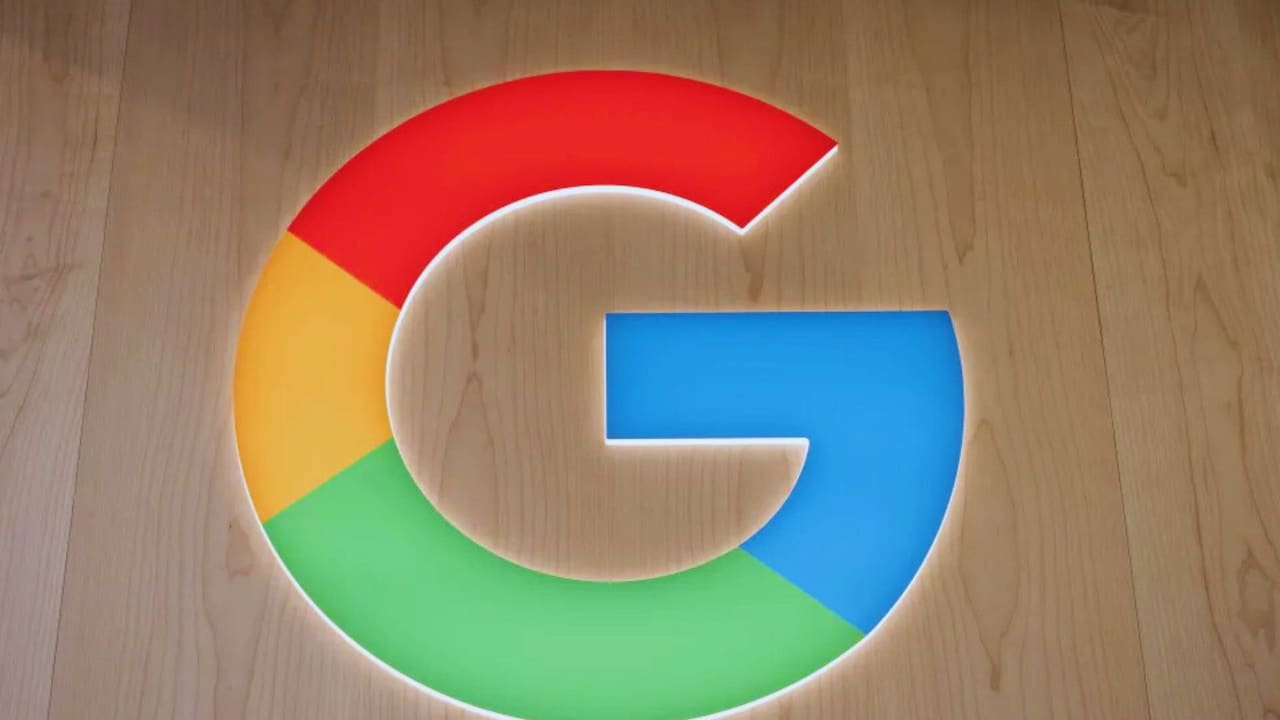Google Strengthens Transparency and Security: Major Updates Across AI, Photos, and Messages
As a technology reporter covering the latest developments from Silicon Valley, I’ve been tracking Google’s recent wave of updates that focus on transparency and security across its product ecosystem. In a series of announcements this week, the tech giant has unveiled significant changes to how it handles AI-generated content and user security.
New AI Transparency in Google Photos
Starting next week, Google Photos is rolling out a crucial update to address concerns about AI-modified images. When users scroll to the bottom of the “Details” section of any photo, they will now see a clear disclosure indicating whether the image was “Edited with Google AI.” This applies to popular features like Magic Editor, Magic Eraser, and Zoom Enhance.
While this move toward transparency is welcome, some experts note that the disclosure isn’t immediately obvious. Unlike some competitors, Google’s approach doesn’t include visible watermarks within the frame of AI-edited photos.
This implies that viewers won’t immediately realize they’re viewing AI-modified content when they share these images on social media or through messages.
Michael Marconi, Google Photos’ communications manager, acknowledges this is an ongoing process, stating, “This work is not done. We’ll continue gathering feedback, enhancing, and refining our safeguards.”
Enhanced Security in Google Messages
In parallel development, Google Messenger is enhancing its security features by incorporating new scam detection tools. The app will now offer:
- We have enhanced our analysis of scam texts, especially those related to package deliveries and job offers.
- The system automatically routes messages to the spam folder when they are deemed suspicious.
- The system provides intelligent warnings for links from unknown senders.
- Automatic blurring of potentially sensitive content
- There is an option to disable messages from unknown international senders.
These updates use on-device machine learning, ensuring user privacy while fighting fraud. The rollout begins with beta users who have spam protection enabled.
Automotive AI Integration
In an interesting cross-industry development, Qualcomm and Google have announced a partnership to revolutionize car AI systems. The collaboration will help automakers develop custom voice assistants using Android Automotive OS (AAOS) and Qualcomm’s Snapdragon Digital Chassis.
This partnership brings:
- Custom AI voice assistants do not require smartphone connectivity.
- Immersive maps and real-time driving updates
- New Snapdragon chips enhance digital cockpit experiences.
What this means for users
These updates reflect a growing trend in tech: balancing innovation with transparency and security. While Google continues to push the boundaries of AI technology, it’s also responding to concerns about synthetic content and digital safety.
For everyday users, these changes mean:
- Better awareness of AI-modified photos
- Stronger protection against scams and spam
- Enhanced privacy controls
- More sophisticated in-car technology
However, some challenges remain. The lack of visible watermarks on AI-edited photos could still make it difficult to identify modified images at a glance. As synthetic content becomes more prevalent, the tech industry may need to develop more robust solutions for transparency.
Looking Ahead
Google has confirmed that additional features are in development, including contact verification for Android users, expected next year. The company also plans to flag AI-generated images in search results later this year, joining platforms like Meta’s Facebook and Instagram in this effort.
As these features roll out globally, they represent a significant step forward in Google’s commitment to user safety and transparency in AI technology. However, they also highlight the ongoing challenge of managing artificial intelligence’s growing influence in our daily digital interactions.
This comprehensive update from Google signals a broader industry trend toward responsible AI development and enhanced user protection. As these technologies continue to evolve, we can expect to see more developments in this space from major tech players.
Table of Contents
